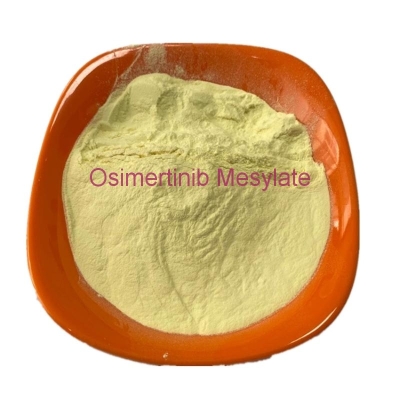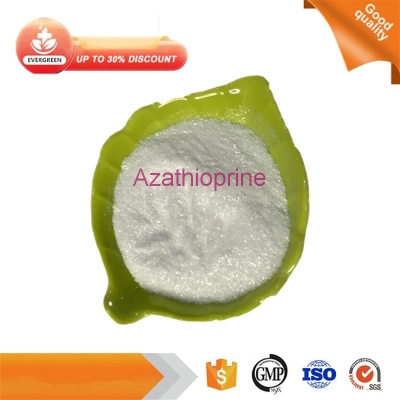The new chromatin structure regulator SND1 promotes the proliferation and invasion of gliomas and predicts patients...
-
Last Update: 2020-06-03
-
Source: Internet
-
Author: User
Search more information of high quality chemicals, good prices and reliable suppliers, visit
www.echemi.com
It was found that the high expression and amplification of SND1 was related to the prognosis of glioma, and That SND1 promoted the value-added and invasion of glioma cells, mainly by regulating the expression of cell cycle-related factors such as RHOAThe findings were published in the internationally renowned journal Neuro oncology- Excerpted from the article(Ref:Neurocol2019 Feb 12pii: 5316233doi: 10.1093/neuonc/noz038.)glioma is the most common intracranial malignanciesHigh-level gliomas, such as glioblastoma (GBM), are very malignant, relapse risk and fatality are very high, while low-grade gliomas, especially less progenitor glioblastoma, have a good prognosis effectThe prognosis of glioma subtype varies greatly at different levels, and the traditional tissue pathological type-sharing lacks a comprehensive assessment of the prognosis of gliomaThe diagnosis of glioma has now entered the era of molecular diagnosis, so it is particularly important to explore and develop new glioma molecular markersStaphylococcus nuclease domain 1 (SND1) is highly expressed in many tumorsIn breast, colorectal and liver cancer, SND1 regulates tumor development mainly by promoting the function of RNA silent complexesStudies have shown that SND1 may be associated with tumor cell endurance radiotherapy, and that SND1 can also accelerate the metastasis of breast cancer through Smurf1 and Smad signaling pathwaysHowever, the biological and pathological mechanism of highly expressed SND1 in glioma sits is not yet clearrecently, the team of director of Yu Shizhu of Tianjin Medical University recently carried out a study on the mechanism of High Expression and Amplification of SND1 in gliomaThe study found that the high expression and amplification of SND1 is related to the prognosis of glioma, and That SND1 can promote the value-added and invasion of glioma cells mainly by regulating the expression of cell cycle-related factors such as RHOA The findings were published in the internationally renowned journal Neuro oncology the study first analyzed SND1, RHOA and MK167 in 187 glioma patient sympathising tissues, and then used the Kaplan-Mayer estimation method to evaluate the relationship between these three molecular markers and patient prognosis The study also used Gene Ontology, chromatin immunoprecipitation (ChIP), gel migration (EMSA) and chromosomal metasomal capture (3C) techniques to identify target genes activated by the SND1 gene In addition, the author also used MTT method, soft agar formation, cell migration attack technology and in situ implantation to study the function of SND1 in the process of glioma cell value-added and invasion the study found that SND1 and RHOA were two molecular markers of poor prognosis in glioma patients The knock-down of the SND1 gene can significantly inhibit the proliferation and invasion of glioma cells In terms of mechanism, the study found that SND1 promoted the development of malignant glioma by using epigeneticr chromatin topology to activate transcription of downstream gene RHOA RHOA was immediately able to regulate the expression of CCND1, CCNE1, CDK4, and CDKN1B and accelerate the transformation of glioma cells from G1/S this study first reported that SND1 is a prognostic-related factor and a new chromatin structural regulation factor in glioma SND1 is able to recruit GCN5 to RHOA promoter region syprosty and chromosomal structure remodeling, which directly promotes the expression of the RHOA gene SND1/GCN5/RHOA regulatory axis further stimulates the CDK signaling pathway to promote glioma cell proliferation, migration and invasion This study provides a reliable theoretical reference for the prognostic diagnosis of glioma and the targeted therapy with SND1 as the target.
This article is an English version of an article which is originally in the Chinese language on echemi.com and is provided for information purposes only.
This website makes no representation or warranty of any kind, either expressed or implied, as to the accuracy, completeness ownership or reliability of
the article or any translations thereof. If you have any concerns or complaints relating to the article, please send an email, providing a detailed
description of the concern or complaint, to
service@echemi.com. A staff member will contact you within 5 working days. Once verified, infringing content
will be removed immediately.







